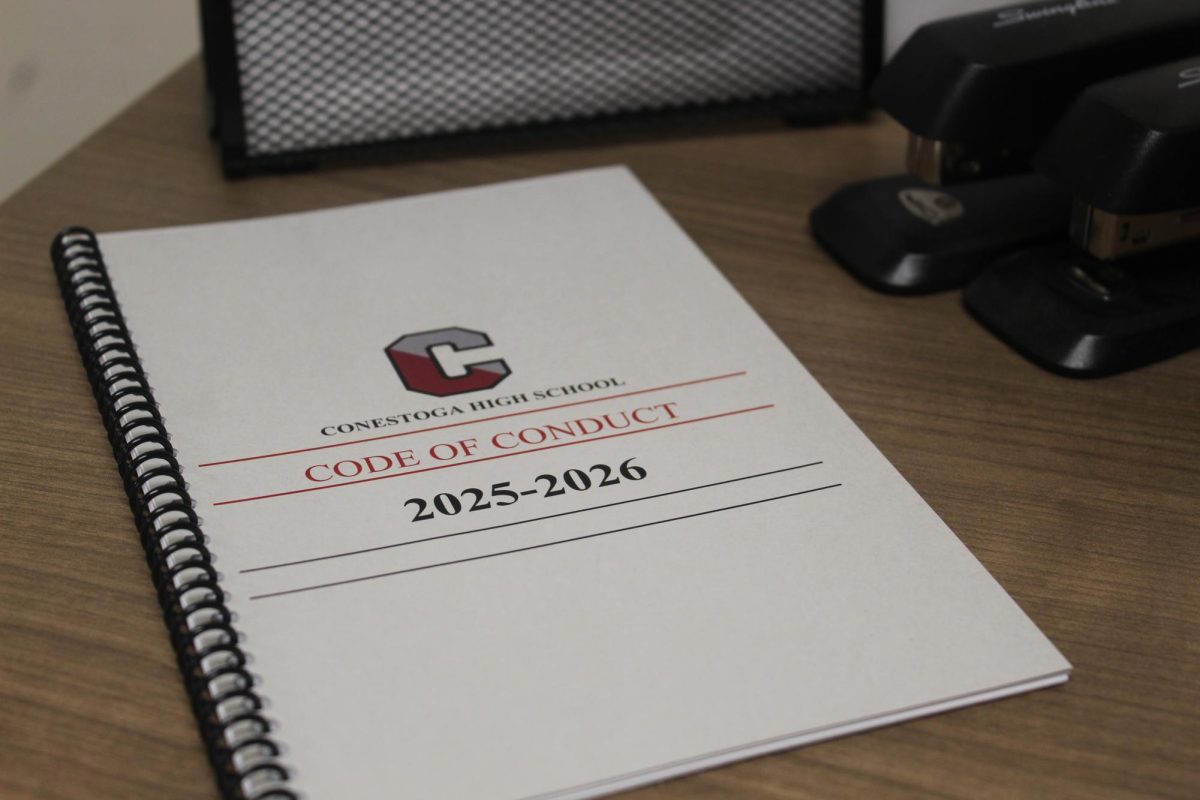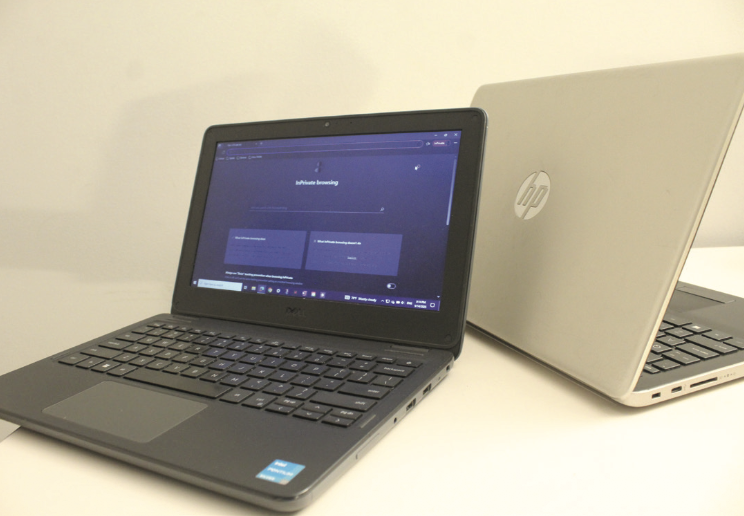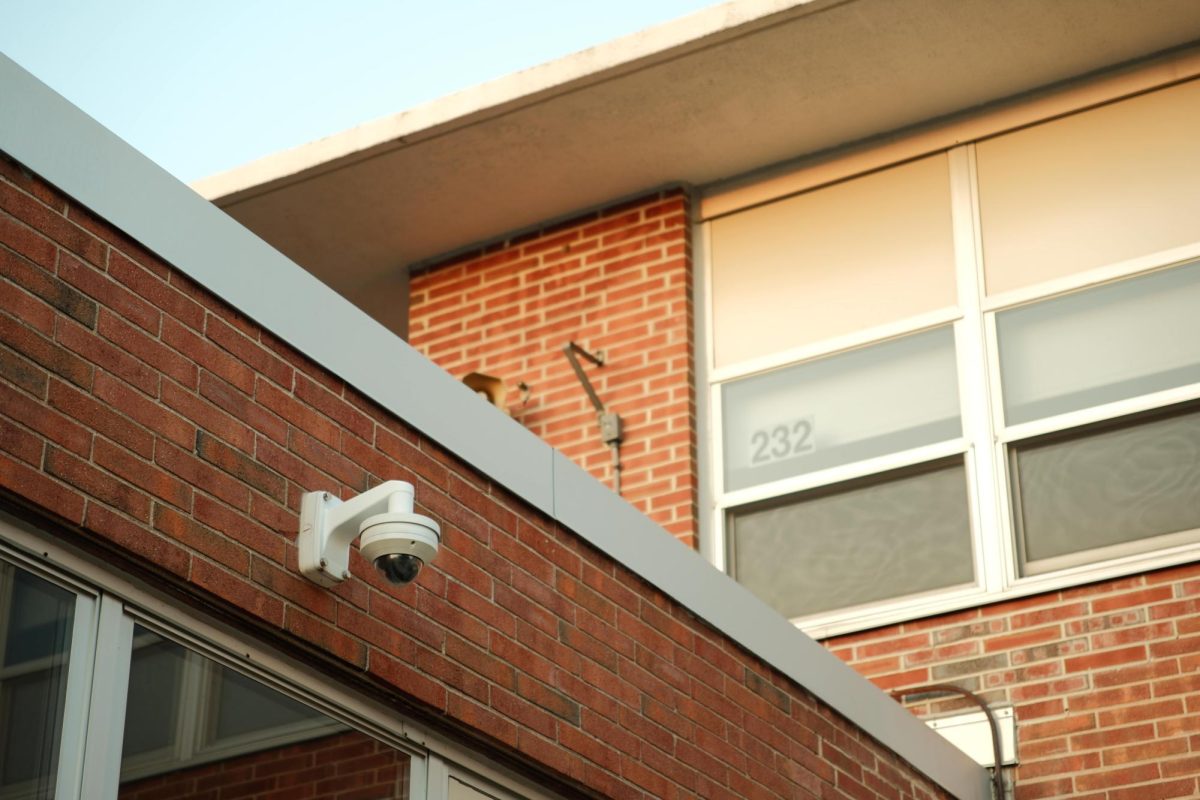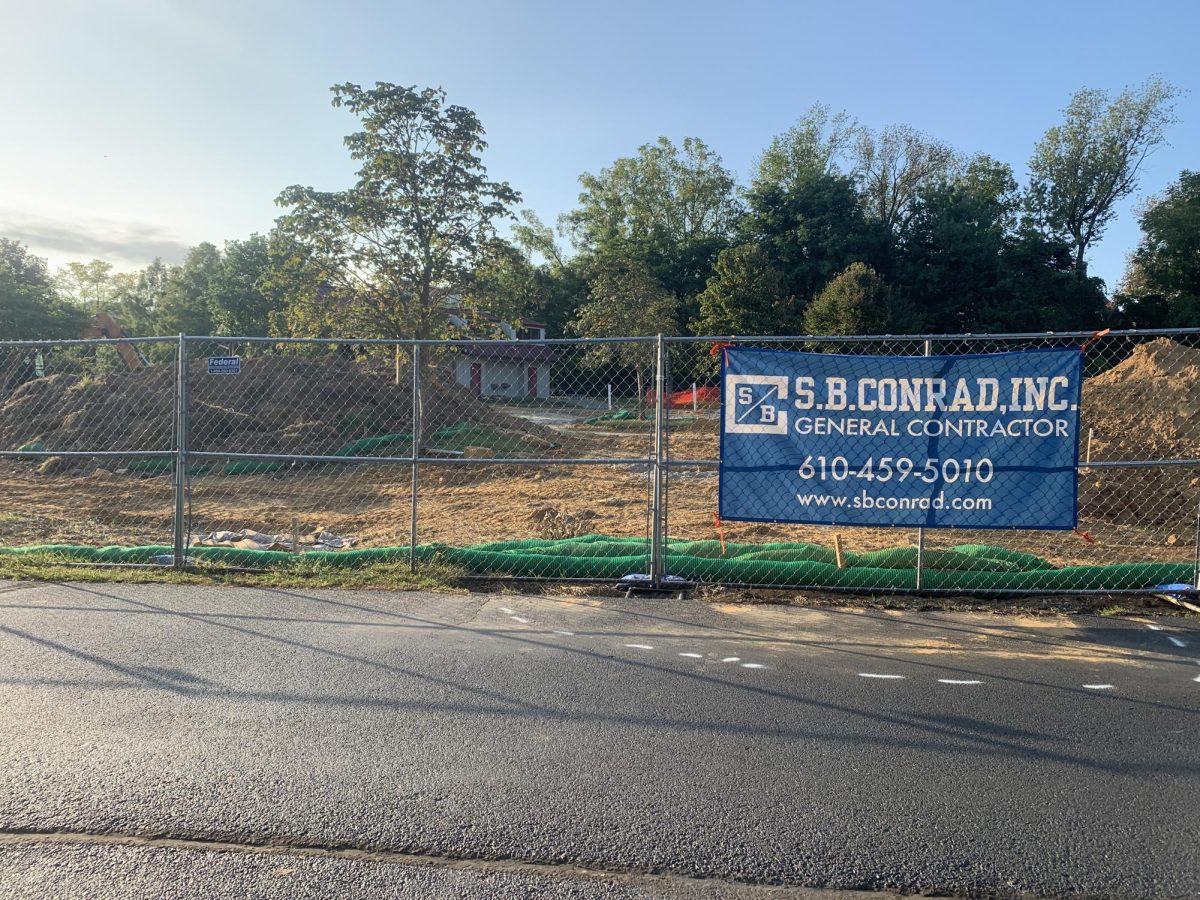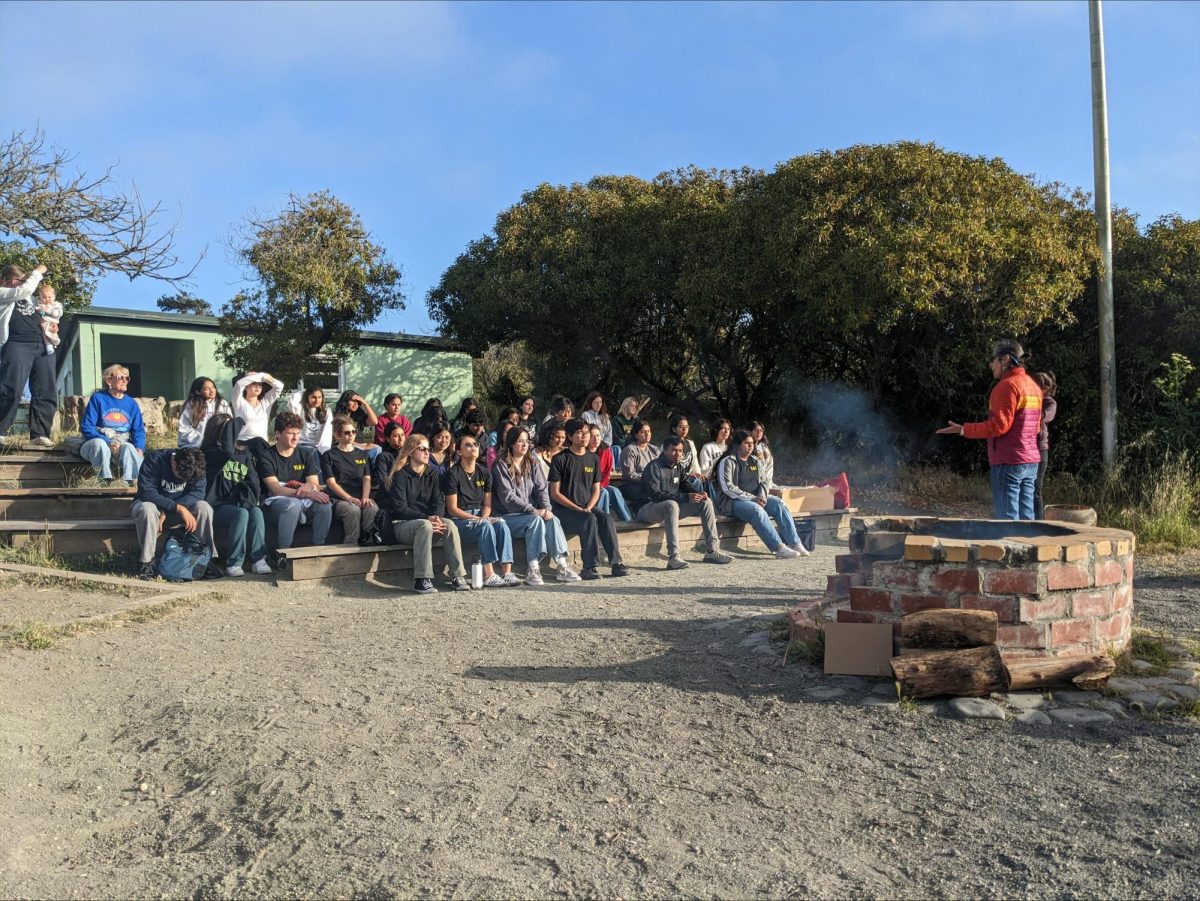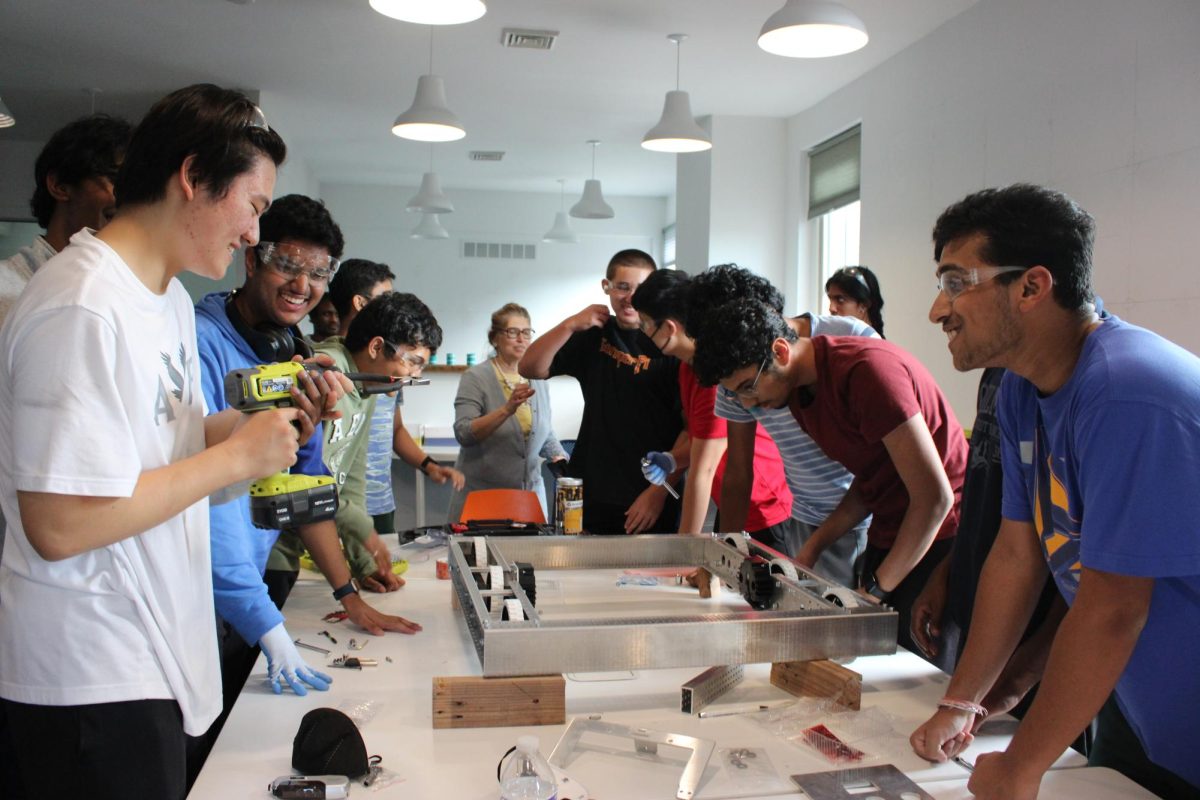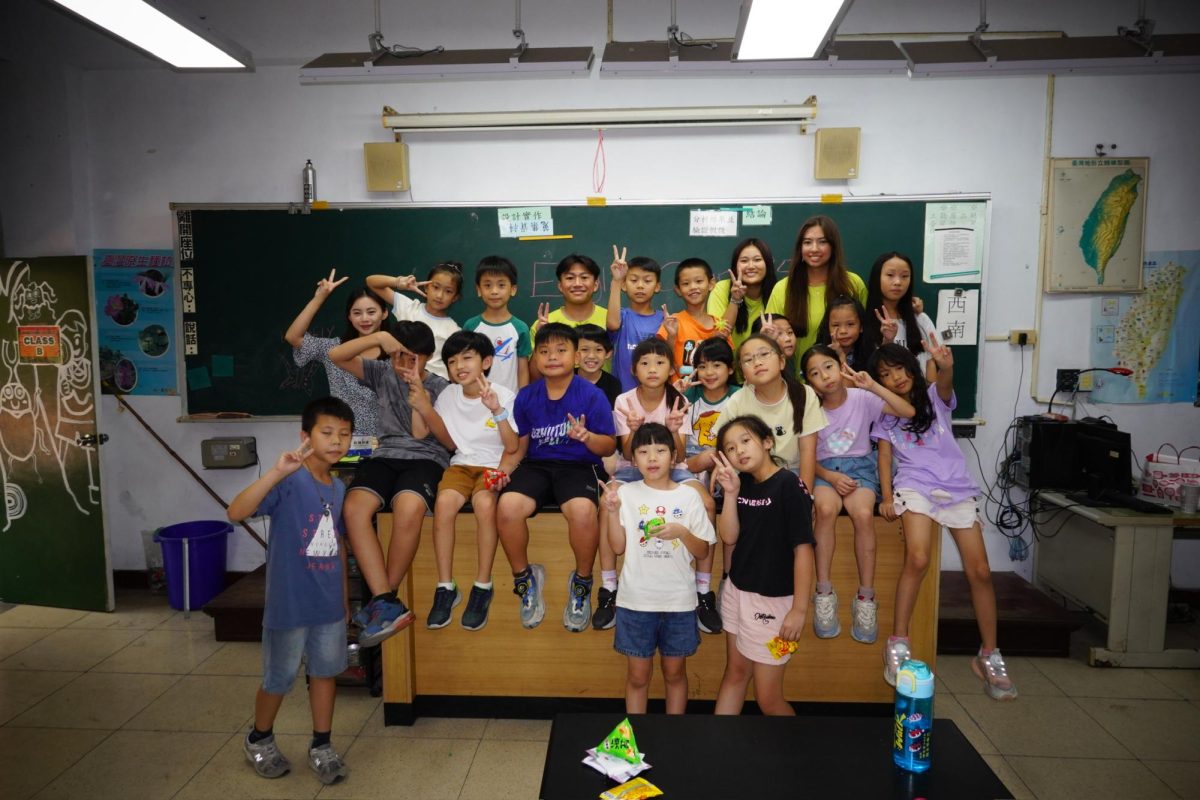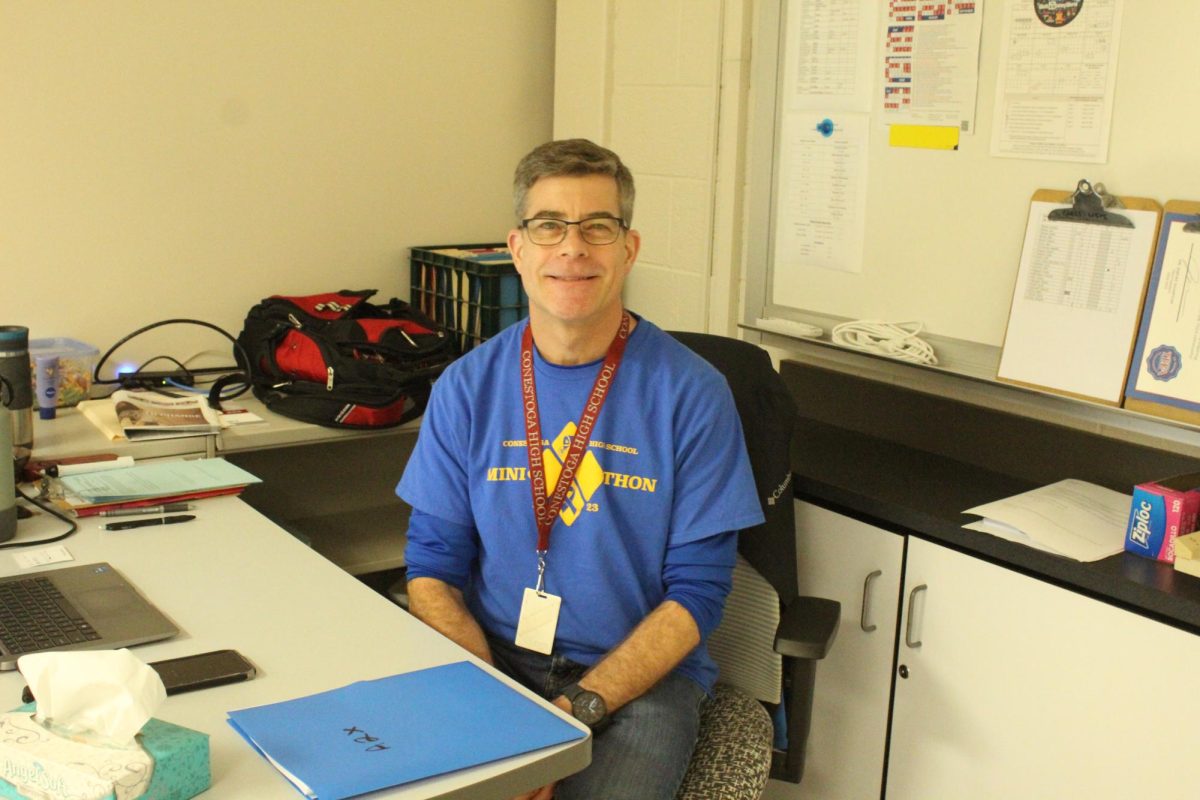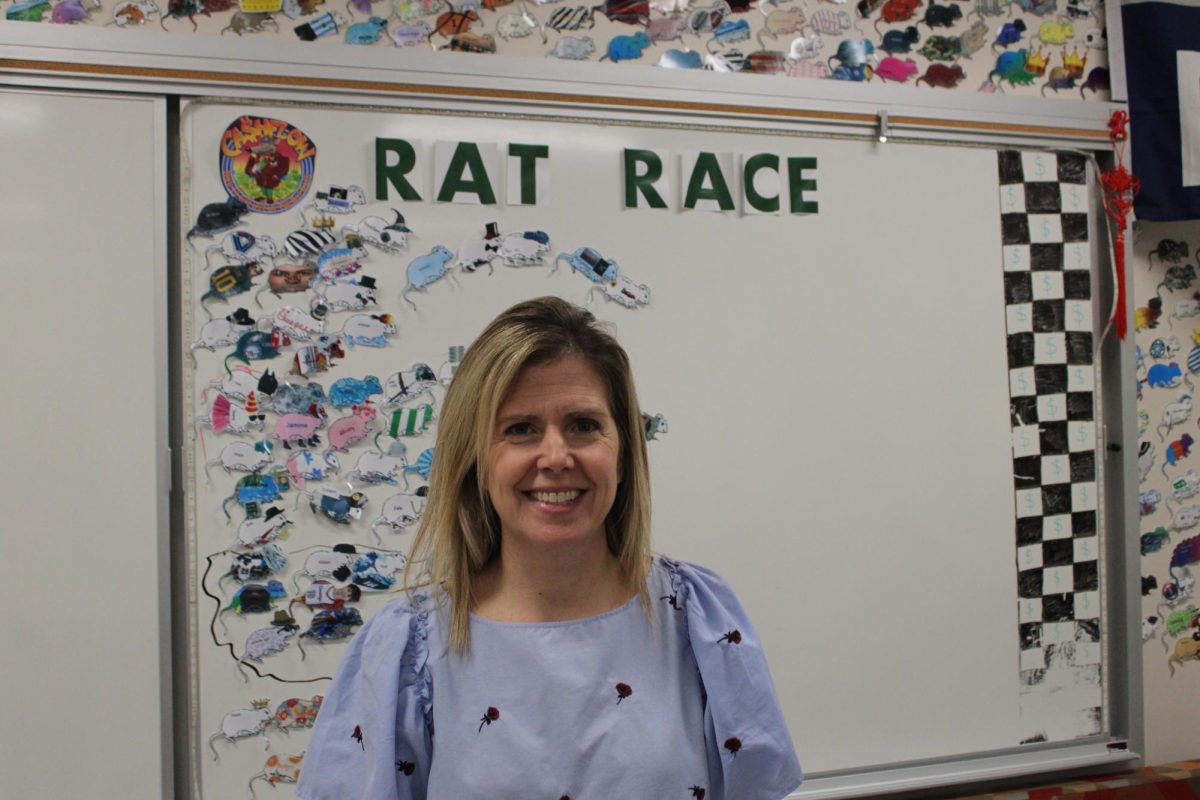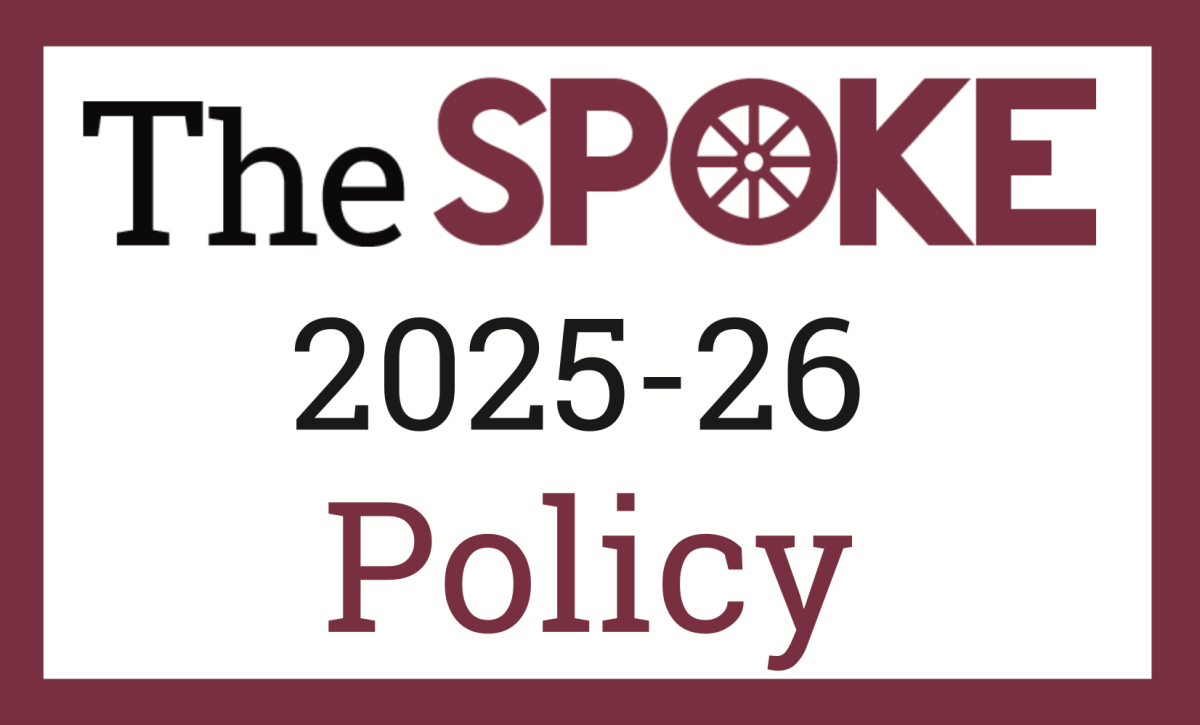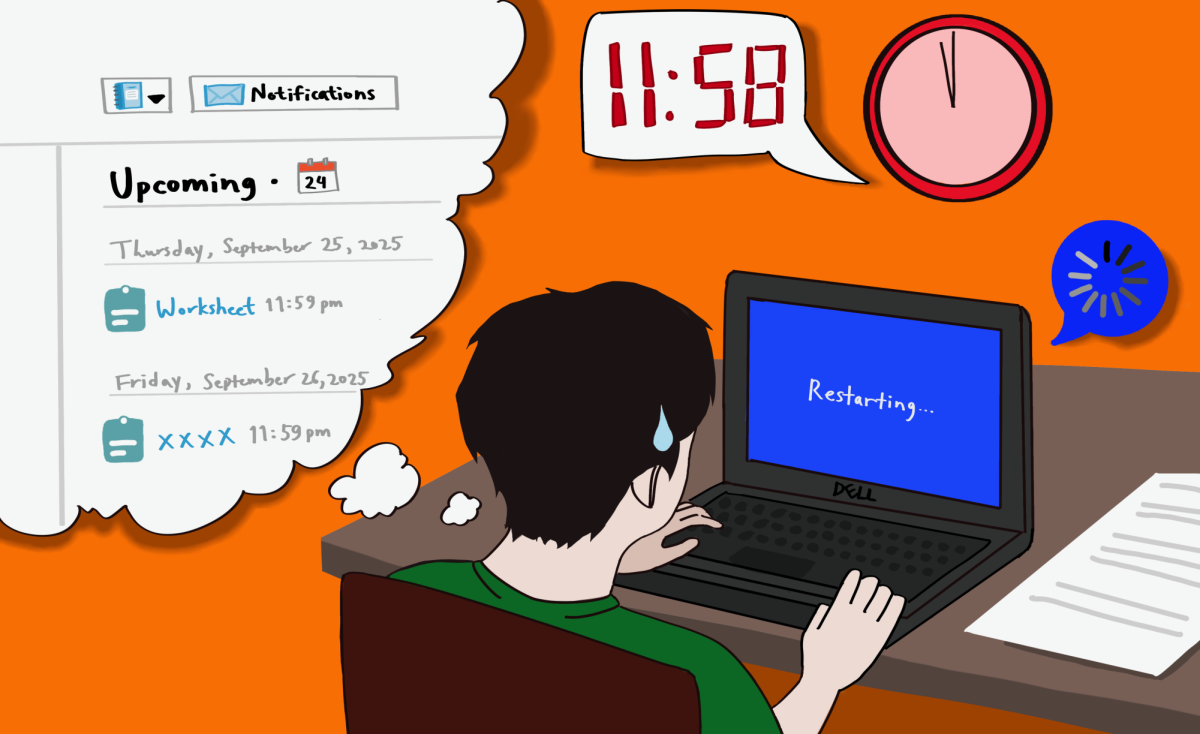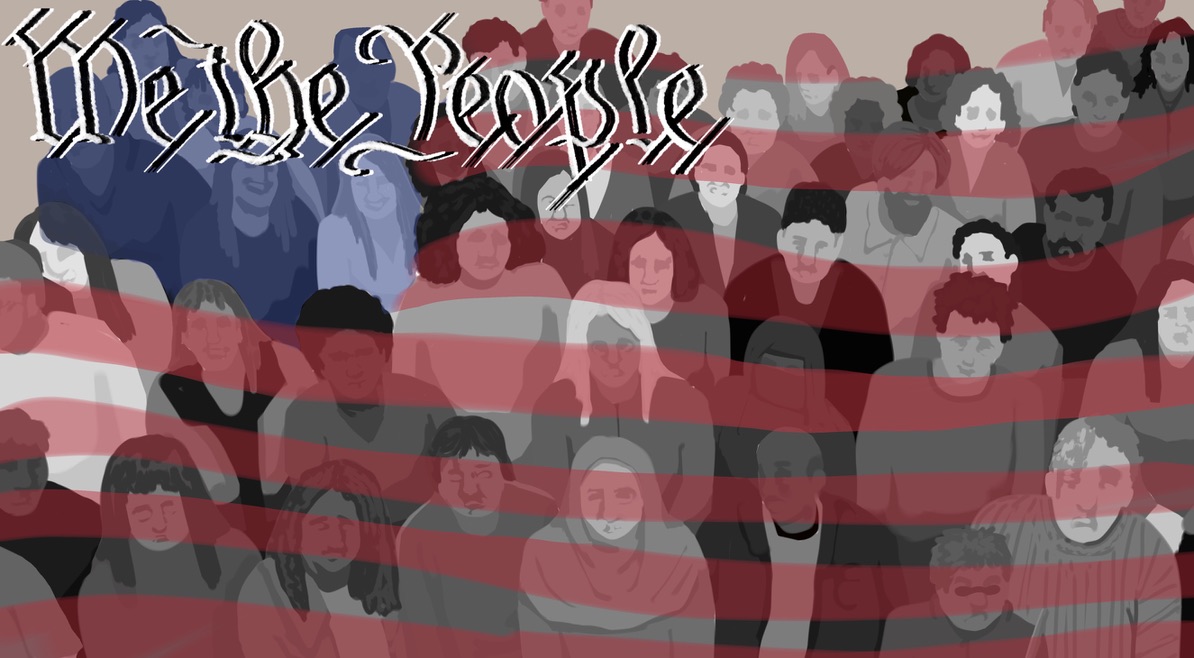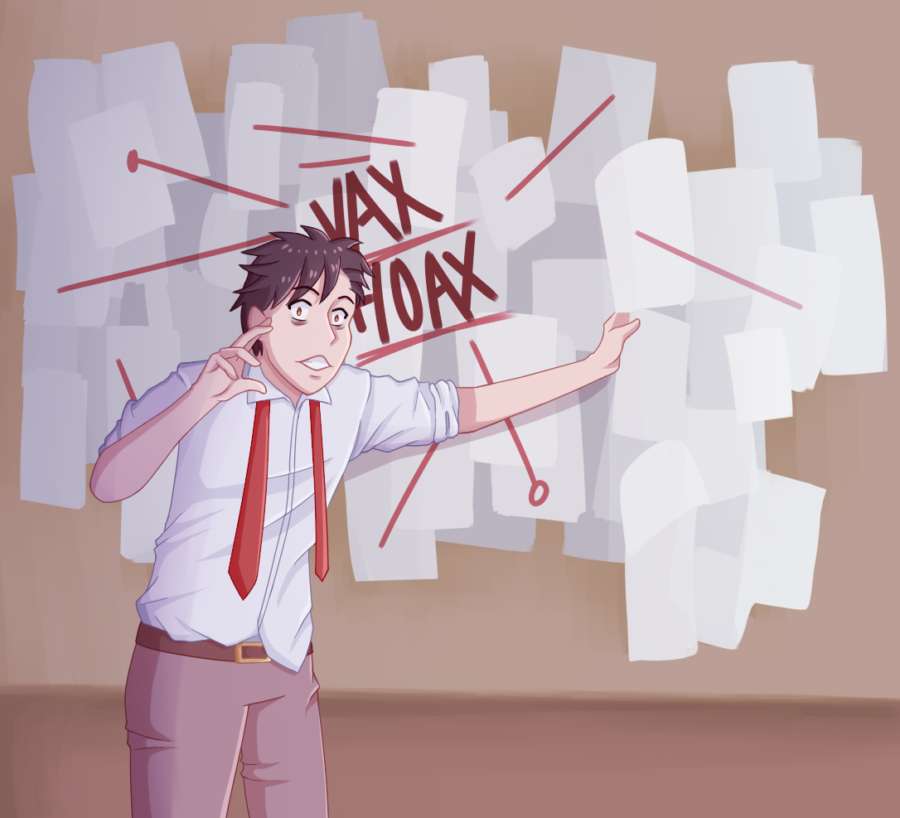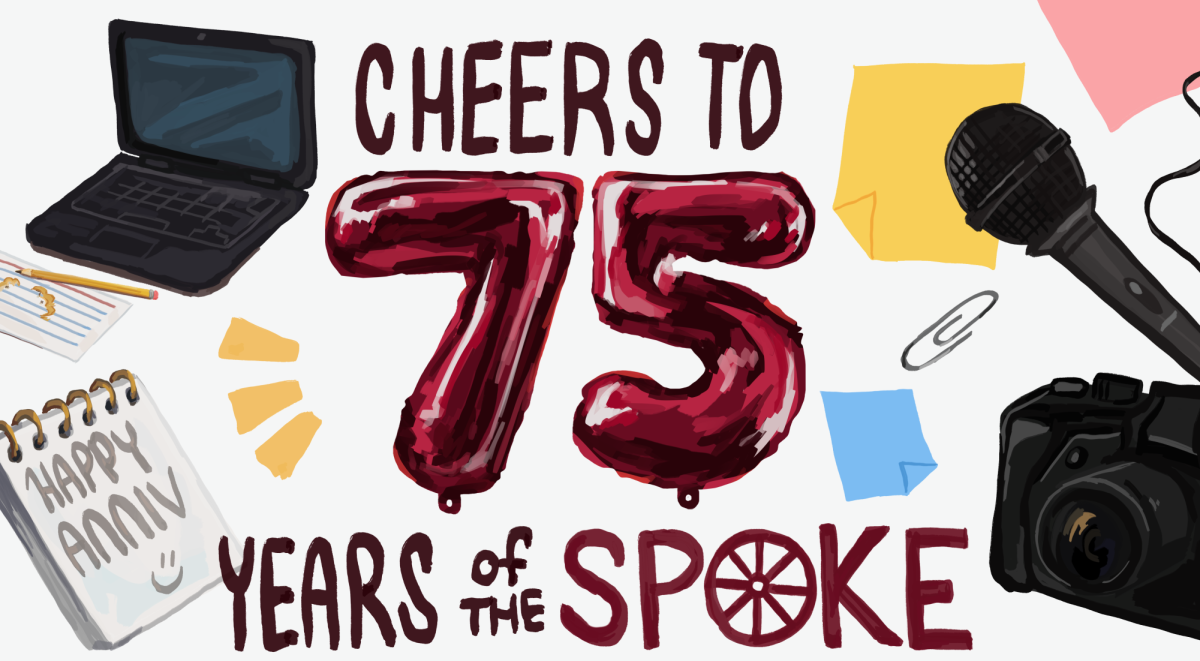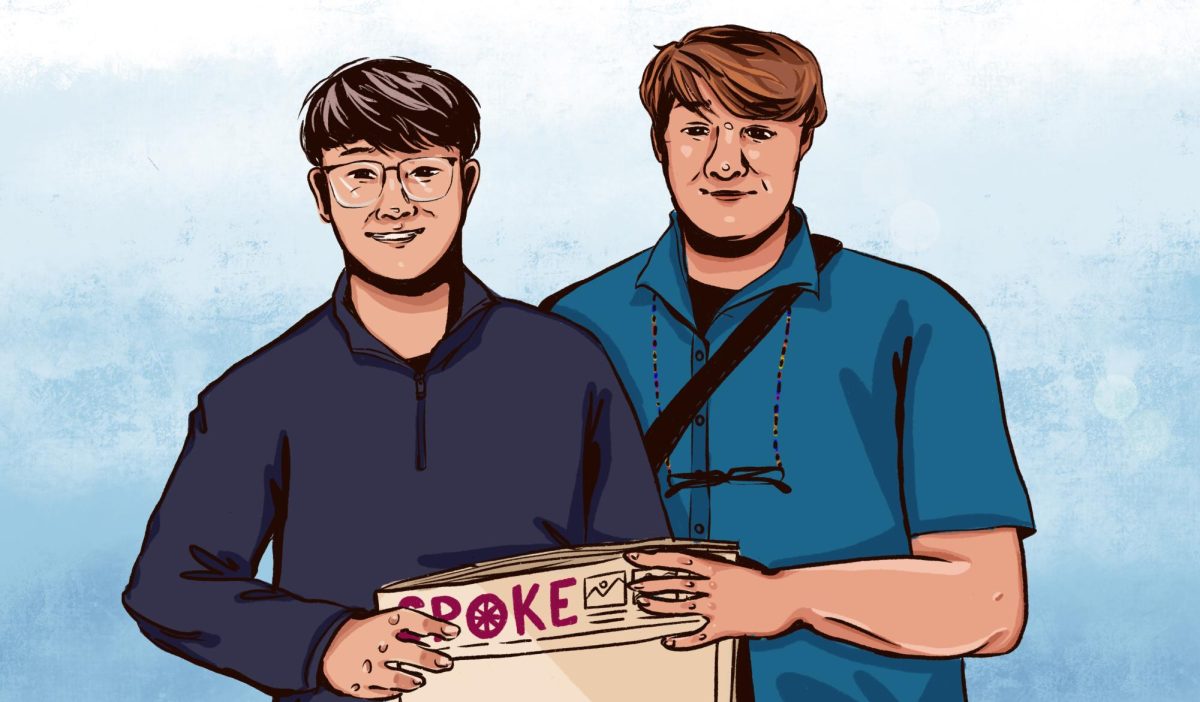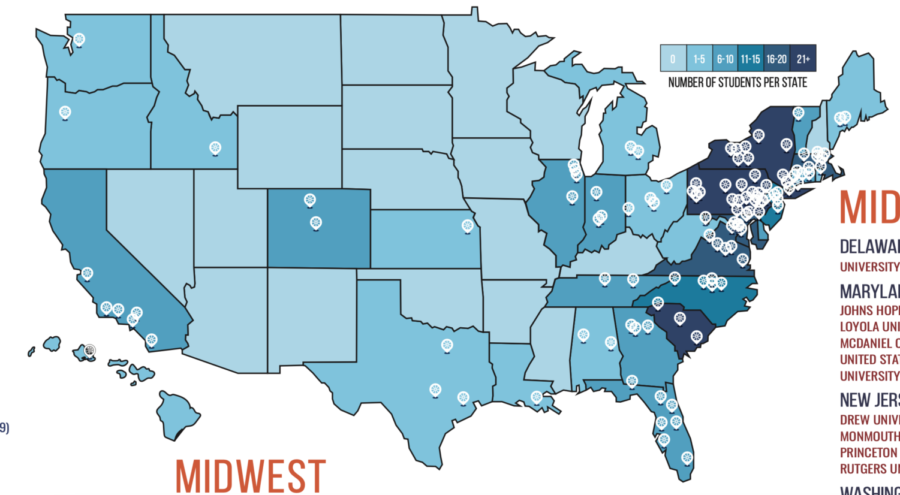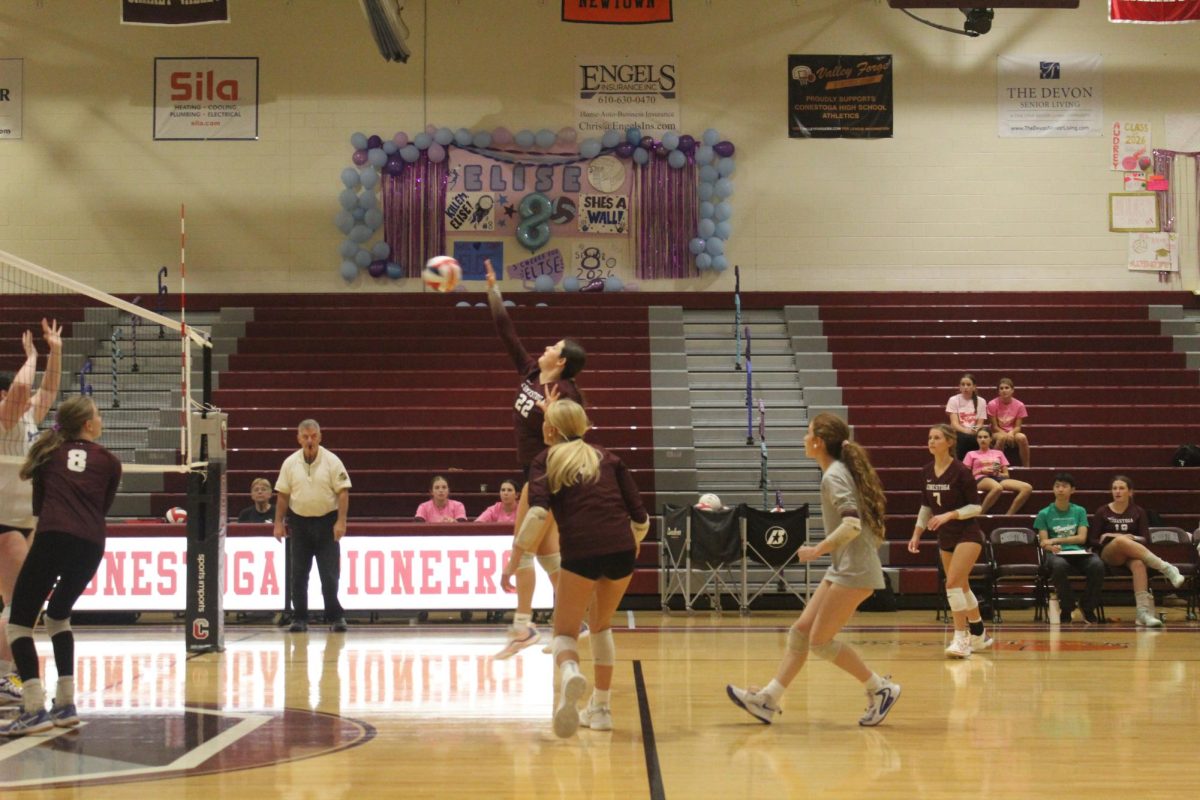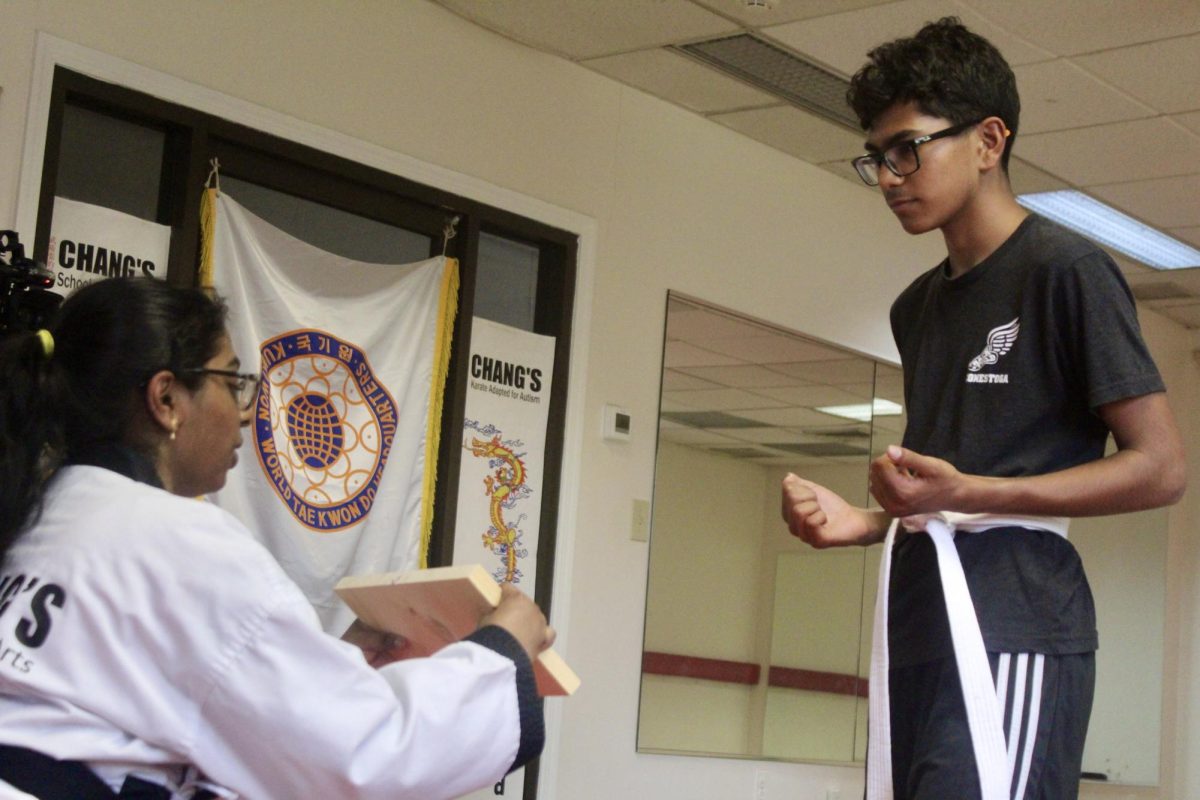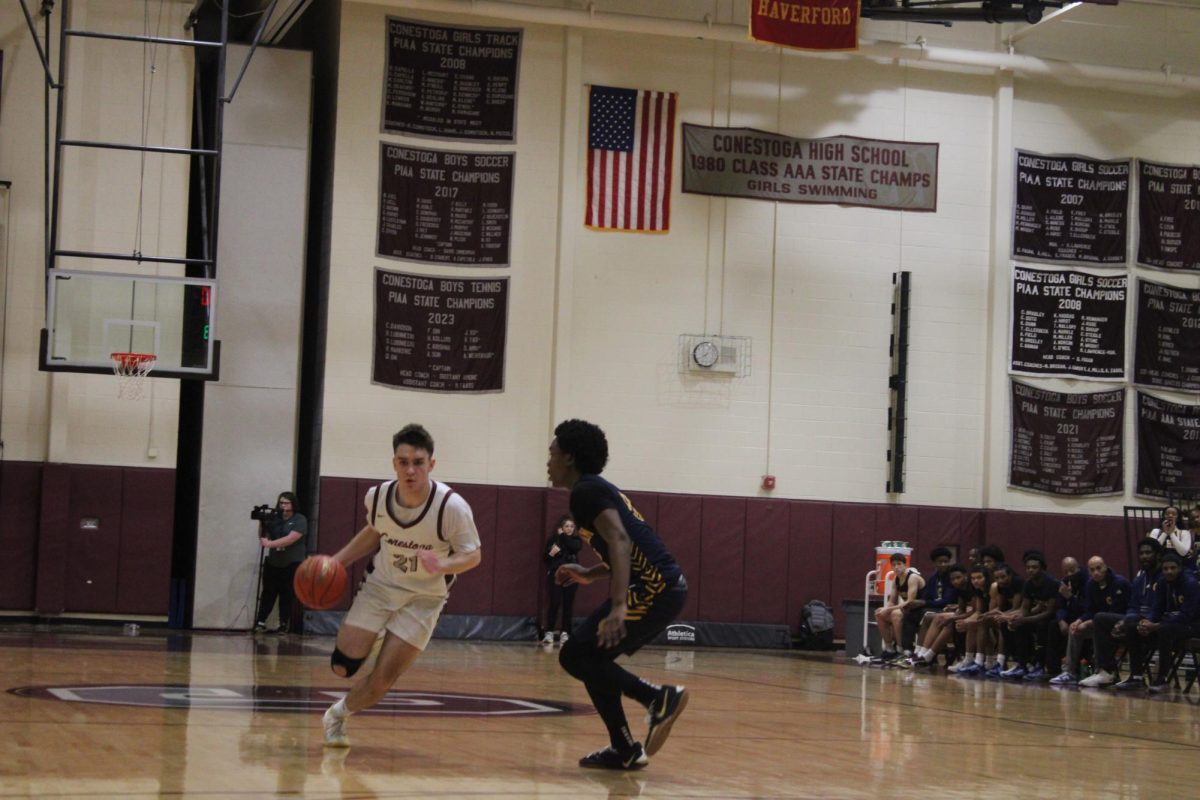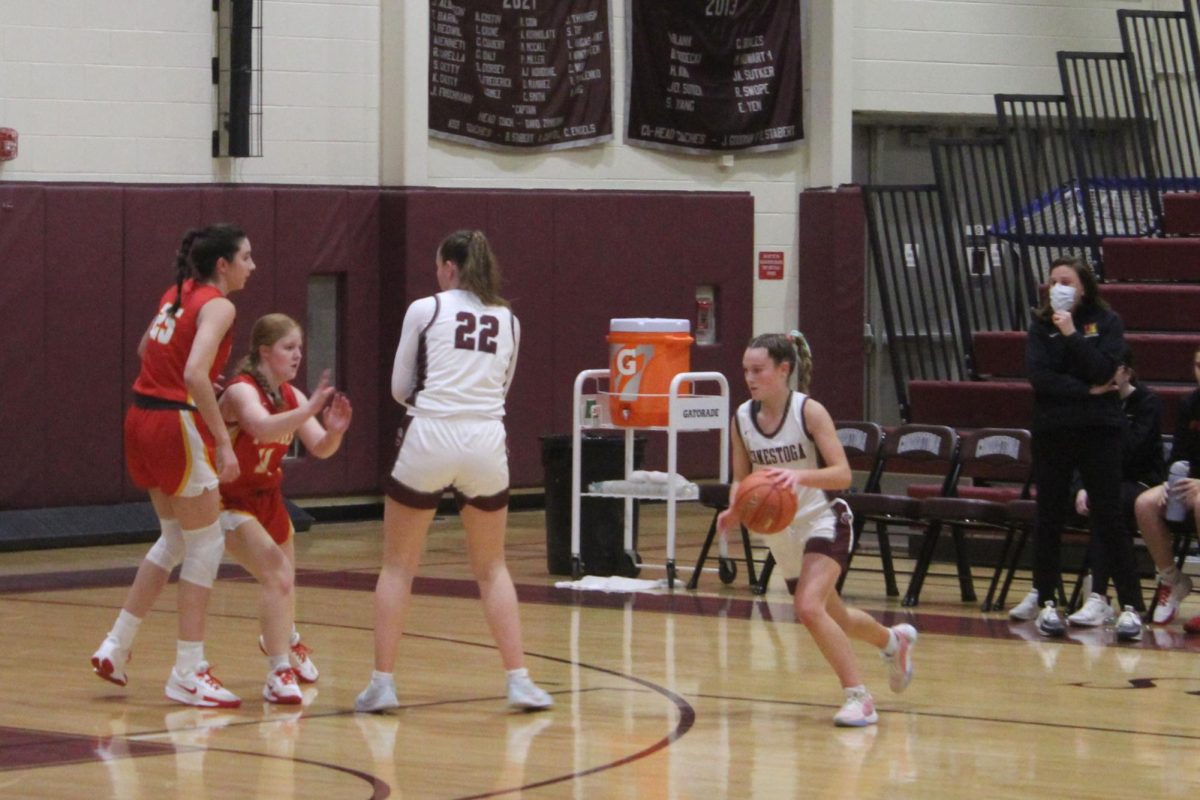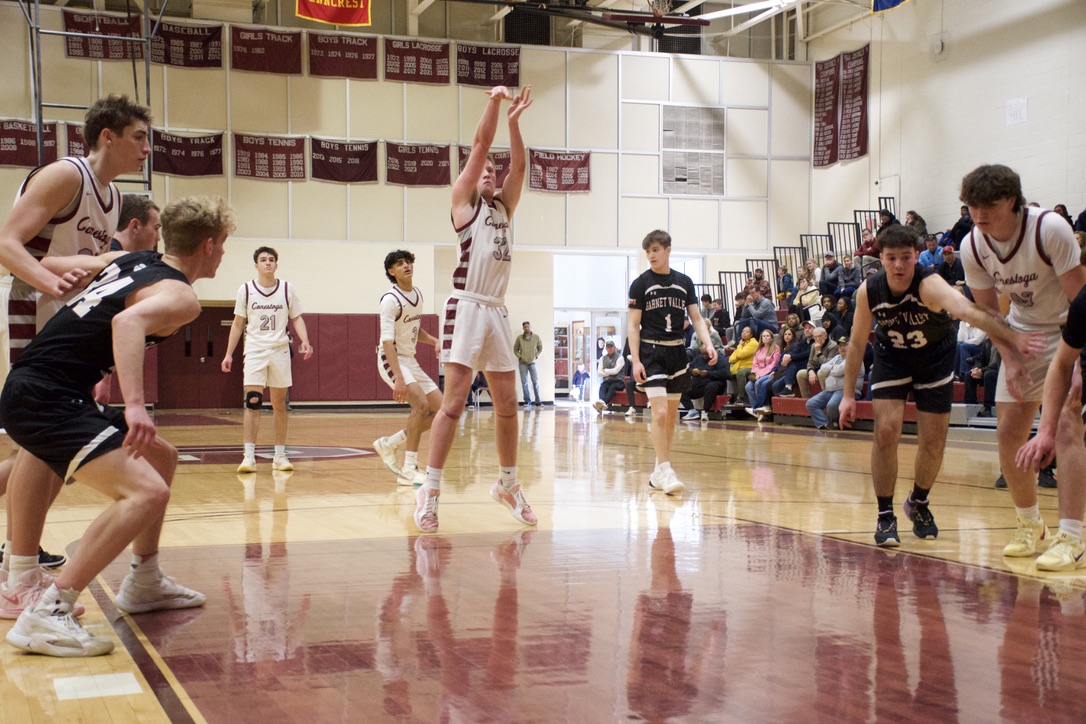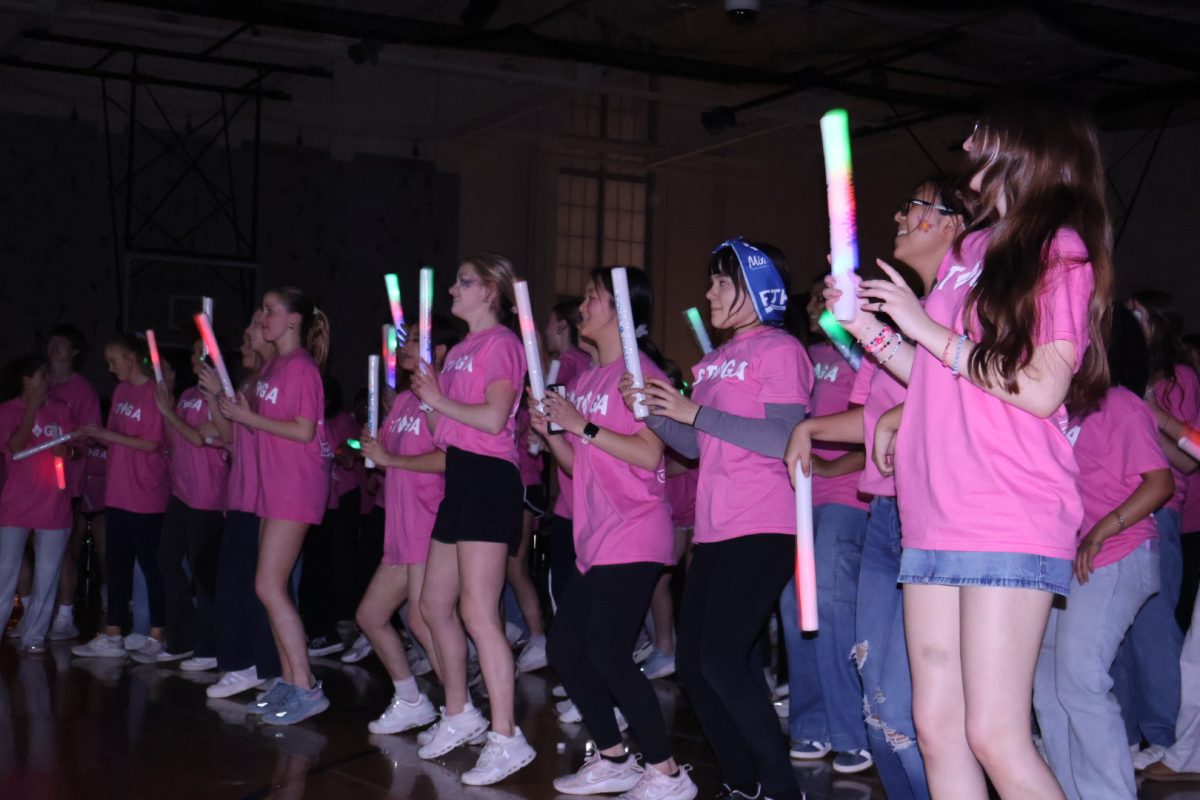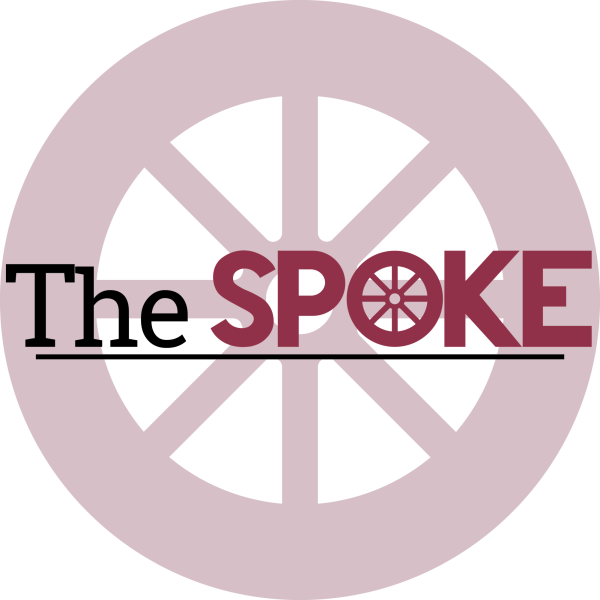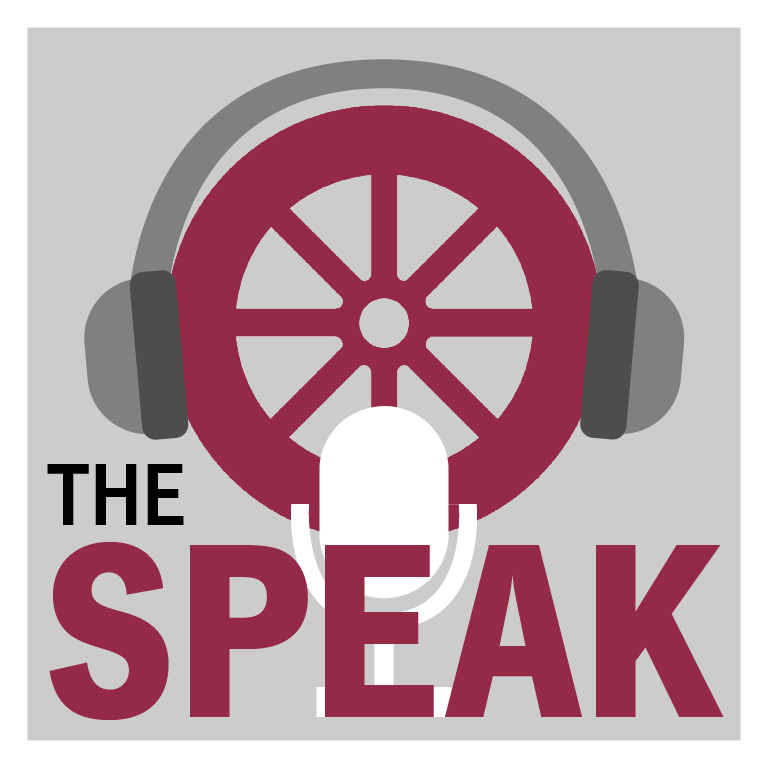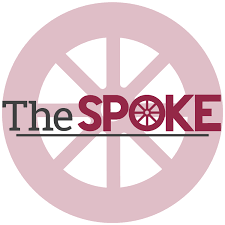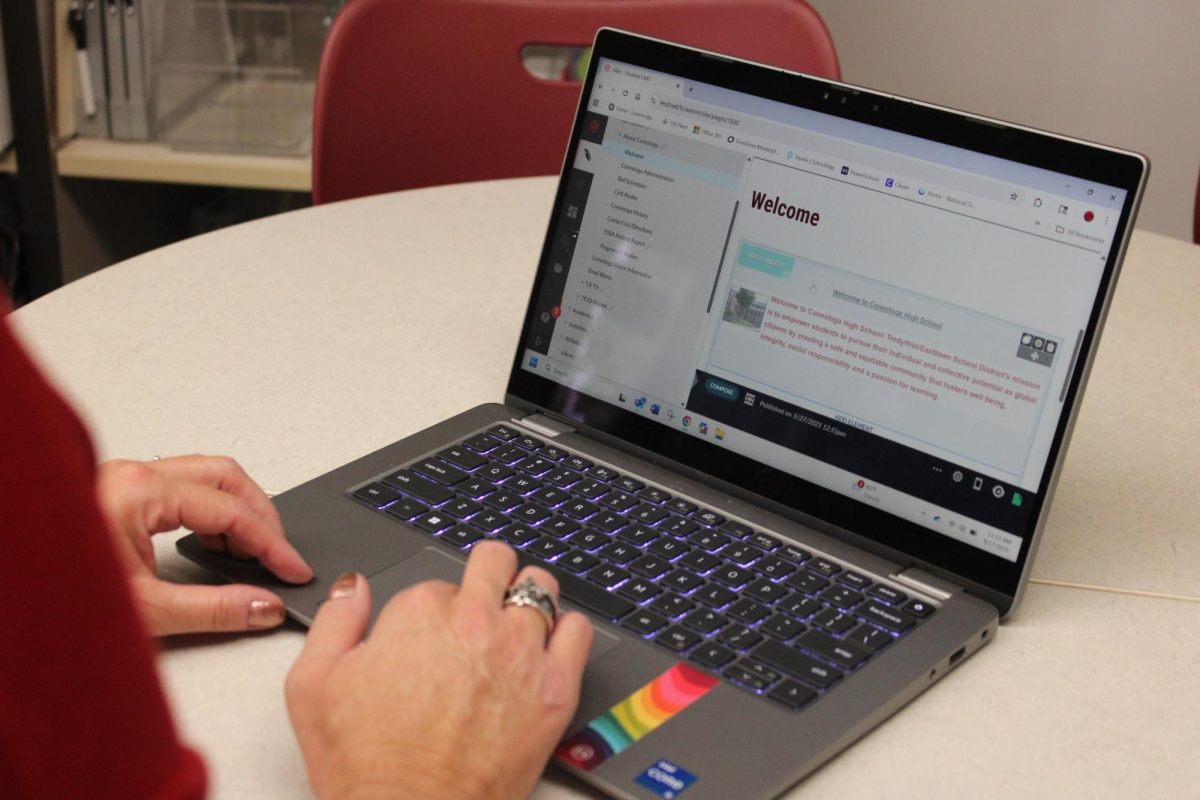By Ashley Du, Zara Samdani, and Faith Zantua, Staff Reporter, Co-Managing Editor, and Co-News Editor
This year, the school board, district and community have discussed implementing policy regarding appropriate use of computers, phones and artificial intelligence at school.The district has also mentioned possible standardizations for phone holders, hosted workshops and created a workgroup for researching generative AI.
Initially presented by director of educational program Dr. Michael Szymendera alongisde other school administration at the Jan. 9 education committee meeting, the original plan included phasing in the mandated use of district-issued devices with each new class of freshmen and starting with the Class of 2029. At the meeting’s conclusion, the committee suggested accelerating the process, removing the option of only using “bring your own devices” (BYOD) for all Conestoga students starting in the 2025-26 school year.
“It’s a little strange to have a rule that you can’t have a cell phone out during class but you can have a personal laptop that’s not really managed by the district because the difference between those two things is vanishing, particularly if you have an iPhone and if you have a MacBook,” Szymendera said at the education meeting. “The majority of our students who bring their own device to school bring a MacBook.”
Szymendera sent an email to all Conestoga guardians on Feb. 4 confirming the accelerated rule’s implementation. In the weeks before the education meeting, he emailed current eighth grade families to inform them of the possibility.
Szymendera oversees the district technology department, with approximately 22 members overall, consisting of the Network and Security, IT Support, Instructional Technology and Information Services teams. They look into technology initiatives for all district schools, aid with issues and advise administration on related policy.
Although students had access periodically to devices such as laptops and iPads before 2020, Szymendera said that the COVID-19 pandemic increased the integration of technological use across the district with K-12 students attending online classes. With the district’s current updated 1:1 Technology Initiative, K-4 students can have an iPad and case, fifth to eighth graders can access laptops, and ninth to 12th graders can use laptops or BYOD.
Conestoga first offered BYOD as an alternative to district-owned devices during the 2015-16 school year, phasing in the option with each new class of freshmen. The reasons behind advocating for its discontinuation include BYOD creating distractions; staff being unable to resolve technology issues with BYOD; the devices having functionality problems; and BYOD providing access to applications that are not easily available to district laptops and can lead to academic dishonesty.
With the change, students must bring a district-issued device with them for school. Conestoga department chairs discussed their thoughts on BYOD with Szymendera and principal Dr. Amy Meisinger before the education meeting. Szymendera said BYOD use was “widely unpopular within the school, with the adults at least,” at the education meeting.
Computer science teacher Kim McPhillips feels that BYOD users in her classes can get distracted with access to applications that are banned on district-issued devices. She also said that it can be harder to help them with potential issues.
“I have seen specifically students using MacBooks to send text messages, and that can be a distraction because it’s the same reason that I require phones to be away,” McPhillips said. “Some students have a little bit of trouble just installing (initial programs), and with the BYOD, I can’t really help them. So if they’re struggling, if it’s not working, there’s nothing I can do, unfortunately. Whereas with the school laptop, I can pretty much guarantee that we can make it work.”
Students, district staff discuss personal device use
At the education committee meeting, Szymendera mentioned looking into standardizing the system for teachers who want to take phones away from students during class. Staff would still be able to decide whether or not to collect them, but the standard would aim to establish the same tool for all teachers who want to use one and address some teachers’ concerns, like devices potentially getting damaged when inside containers.
At the Aug. 26, 2024, regular school board meeting, junior Bo Phillips recommended that the district look into possibly restricting the use of personal devices during the school day. He has attended other committee meetings since and feels that phones harm students’ attention span, mental health and general educational experience.

“At the end of the day, you can spend however many hours on social media checked out just as a way to unwind from things. But if you do that, you blink, and now you’ve lost all that time,” Phillips said. “I think it’s a serious problem, and people would feel a lot better if they gave it up, even for one day or even a week or any period of time. It just feels way better to not have to have this constant burden of needing to check things.”
Computer science teacher Edward Sharick started requiring students to place their phones in a device holder during classes this year. In the past, he informally asked students to not use phones.
“Even in my own personal life, I’ve found how distracting different social media applications can be. Having that constantly available to you I don’t think is good for your mental health. I don’t think it’s good for focus or concentration,” Sharick said. “My rule was always before don’t go on the cell phone. But now it’s more formal, and it helps to put the burden less on the students on making the right decision and more on me enforcing it.”
For policies that significantly affect students, staff and community members in the district — such as Phillips’ initial suggestion to restrict personal device use in Conestoga — policy committee chair Susan Audrain said that the district would involve the community, such as by holding public hearings.
“The feeling was that we needed to have input from not just the students or one student, but the parents as well,” Audrain said. “Some parents may want their children to have access to a phone at all times, so there are many sides to that issue. We would want to be sure we got input from several different sources before we’d make any change that would impact everybody like that.”
Staff explore potential impacts of AI
Last spring, the district technology department started hosting sessions for a district-wide workgroup and half-day AI workshops for K-12 teachers, who enroll on an opt-in basis. Both initiatives are ongoing.
The workgroup explores AI’s implications for the district, such as impacts on teaching and learning, responsible use, algorithmic bias, data privacy, transparency and academic integrity. Art teacher Leanne Argonish is the National Art Honor Society sponsor and a member of the workgroup. She said that it performed research in smaller groups, looking at informational videos and reports on AI.
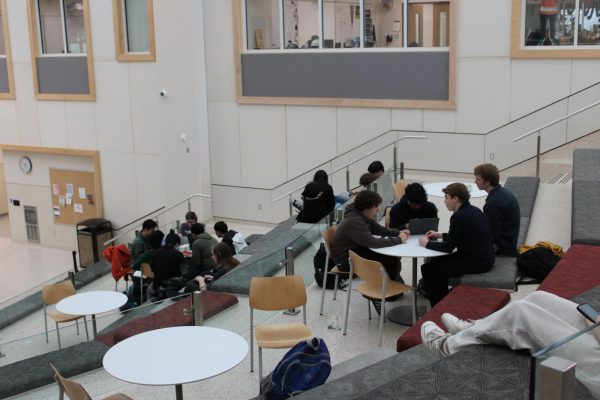
“Dr. Szymendera saw a need for having policies put into place for AI in not only the art area, but in school in general. Like, what are we accepting? What are we not accepting? How are we using it intelligently?” Argonish said. “We looked at other area policies, we looked at the terminology, we looked at the possibilities. We looked at websites and different places that are offering all types of AI, whether it be for writing or for video. And we are getting together this year to formulate more solid policies.”
The workshops provide spaces for teachers to learn more and ask questions on topics such as the history of AI, terminology, popular tools, ethical considerations and hands-on activities. Szymendera said that the district hosts the workshops to help teachers create their own rules on appropriate AI use in their classrooms, contributing to the district’s overall goal of implementing technology appropriately to improve classrooms across TESD.
“Hopefully, technology is being integrated in a way that makes learning opportunities possible that wouldn’t be possible if we didn’t have them,” Szymendera said. “Sometimes it’s just for efficiency. That’s okay in certain situations. But obviously the ultimate goal is to redefine what’s possible in public school or in instruction by having access to that level of technology.”
Ashley Du can be reached at [email protected].
Zara Samdani can be reached at [email protected].
Faith Zantua can be reached at [email protected].

